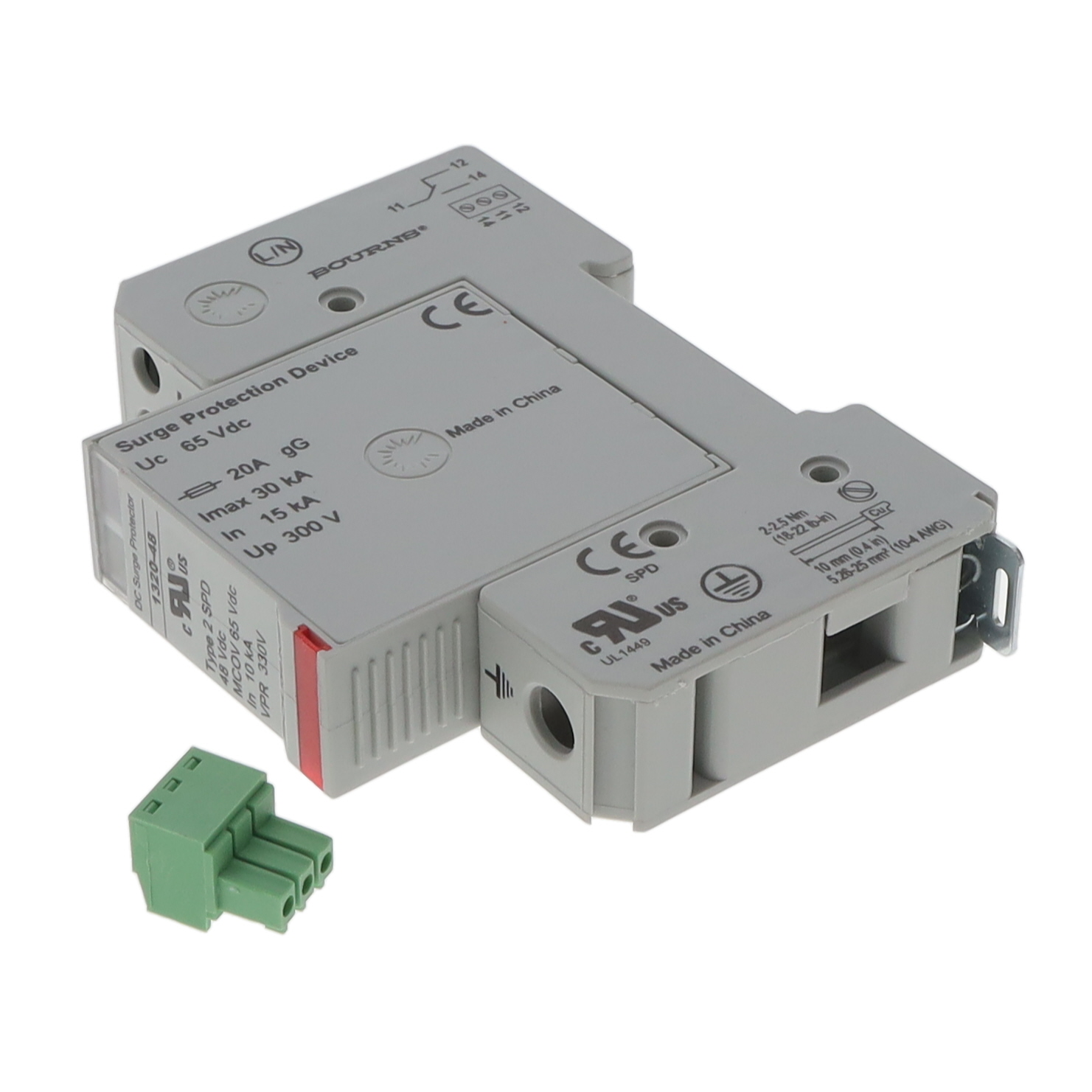1320 Series, Gas Discharge Tube Arresters (GDT)
Results:
1
Manufacturer
Series
Voltage - Continuous Operating (Max) (MCOV)
Operating Temperature
Form
Approval Agency
Voltage - Protection Rating (VPR)
Mounting Type
Current - Discharge (Max) (8/20µS)
Current - Discharge (Nom) (8/20µS)
Type
Voltage - Protection Level (VP) (2416)
Current - Short Circuit Rating (SCRR)
Features
Number of Poles
Results remaining:1
Applied Filters:
1320
About Gas Discharge Tube Arresters (GDT)
A gas discharge tube (GDT) is a specialized type of electrical protection component that is designed to protect sensitive electronic equipment from voltage spikes and surges. It is typically used in high-voltage applications and is designed to handle large currents and high voltages.
The GDT consists of a glass or ceramic tube that is filled with a mixture of inert gases, such as neon, argon, or a combination of both. The tube contains two electrodes at either end and is sealed to prevent the gas from escaping.
When a voltage greater than the GDT's rating is applied across the electrodes, the electric field within the tube becomes strong enough to ionize the gas molecules, causing them to release electrons and become conductive. This allows the excess electrical energy to be safely diverted to ground, protecting the connected equipment from damage.
GDTs are commonly used in telecommunications equipment, power distribution systems, and other applications where high-voltage surges and transients can pose a risk to sensitive electronics. They are a reliable and effective way to protect against electrical damage and ensure the safe operation of electrical systems.

